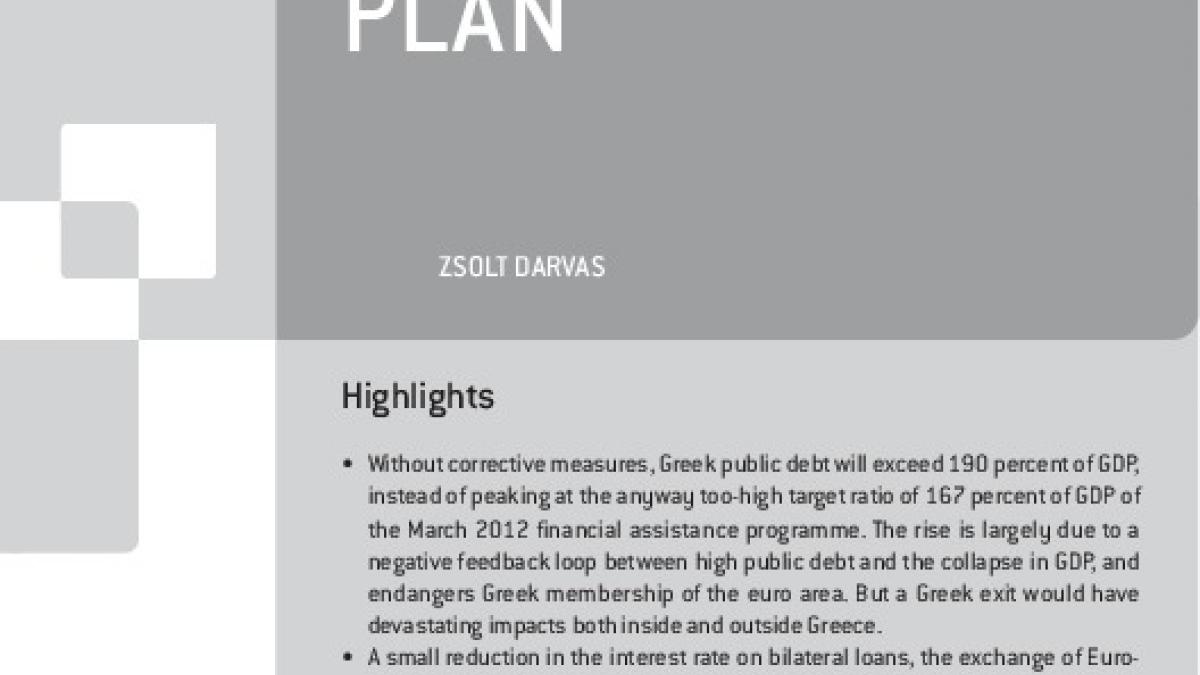The Greek debt trap: an escape plan
Without corrective measures, Greek public debt will exceed 190 percent of GDP, instead of peaking at the anyway too-high target ratio of 167 percent o

A small reduction in the interest rate on bilateral loans, the exchange of European Central Bank holdings, buy-back of privately-held debt, and frontloading of some privatisation receipts are unlikely to be sufficient.
A credible resolution should involve the reduction of the official lending rate to zero until 2020, an extension of the maturity of all official lending, and indexing the notional amount of all official loans to Greek GDP. Thereby, the debt ratio would fall below 100 percent of GDP by 2020, and if the economy deteriorates further, there will not be a need for new arrangements. But if growth is better than expected, official creditors will also benefit.
In exchange for such help, the fiscal sovereignty of Greece should be curtailed further. An extended privatisation plan and future budget surpluses may be used to pay back the debt relief.
The Greek fiscal tragedy highlights the need for a formal debt restructuring mechanism.


